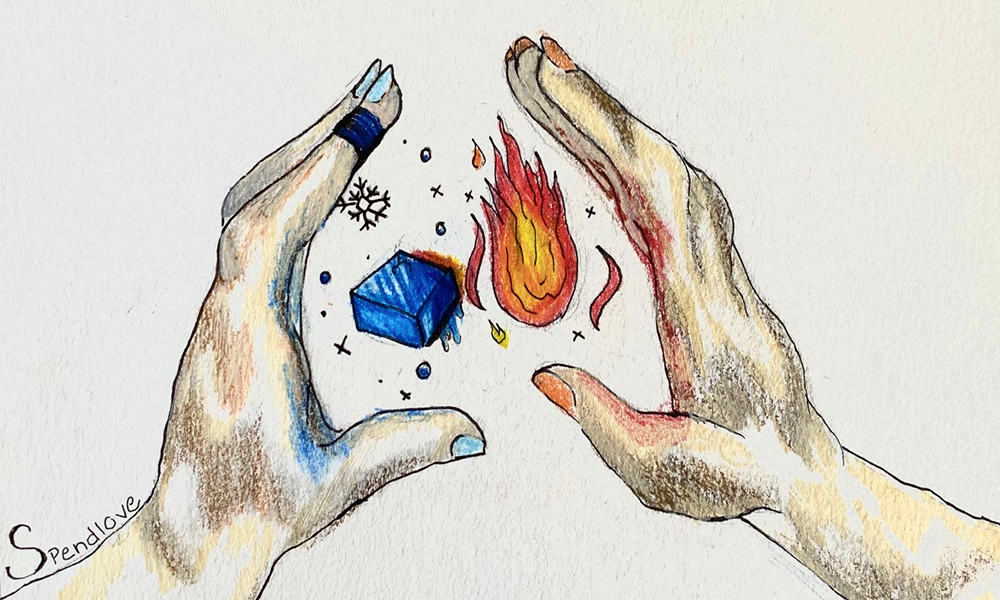Since ice helps decrease swelling, it’s important to ice an injury if it has signs of inflammation. So, if you see the injured area turning red or swelling, ice it! Be sure to ice your injury with an ice pack or ice wrapped in a small towel or wash cloth, as it isn’t healthy to touch the ice directly to your skin. Apply ice three times a day in spread-out intervals until there is no more pain.
Using Heat on Your Injury
Since heat increases the blood flow to the injured area, it is best to use heat when you have tight, sore, or stiff muscles. It’s also important to use heat if you are experiencing joint pain. The warmth from a heating pad opens up your blood vessels which helps to heal your injury. Heat also reduces the tension in your muscles, again reducing the pain you are experiencing and increasing the rate at which your injury heals. As with icing, you should apply heat to your injury three times a day until there is no more pain. If you are using a heating pad that must be plugged in, be sure to unplug it between uses, and never have it plugged in for intervals longer than its instructions say. Having a towel or piece of clothing in between the direct heat is always the safest way to use heat, as well.
This may seem like a simple question, but when researching the differences between using ice or heat on an injury, the search results tend to be over-complicated. In fact, many sites over-explain a rather simple answer. And after you’ve been injured in an accident, the last thing you want is hard-to-follow answers. To put it simply for you, ice decreases swelling and inflammation while heat increases your blood flow to the area you are heating. So, which is best for your injury: heat or ice?
Using Ice on Your Injury
All in all, when deciding whether to use heat or ice when recovering from an auto accident, the decision shouldn’t be over complicated. The above information is meant to keep things as simple as possible for you. However, if you are not still not sure what the best option is for you, speak with your doctor to make the best decision for your specific case.





